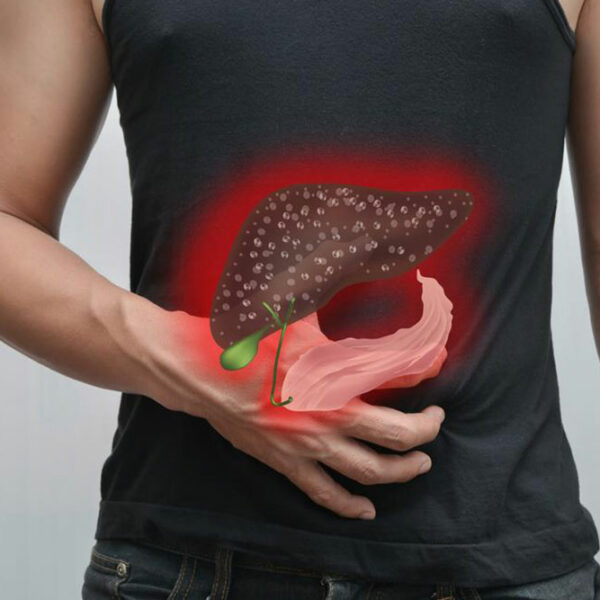
How to maintain good gallbladder health
Here is a quick biology class for you. Let’s understand the importance of a gallbladder in a human body. Despite being a tiny organ, gallbladder is responsible for the proper functioning of the entire body directly and indirectly. It looks like a pear and has three segments to it, the fundus, the body, and the neck. The main function of the gallbladder is to store bile when it is not being used for digestion. Bile, also known as gall, is a dark green yellowish fluid that the liver produces and is stored in the gallbladder and after eating goes into the small intestine for digestion. To understand the importance of gallbladder, we must understand the importance of proper digestion. Indigestion causes many health problems in a human body. And gallbladder helps with proper digestion along with other organs and their functions. Though it is widely understood that the functionality and importance of gallbladder is relatively not as important as other organs, missing of gallbladder causes many digestion related problems. As soon as the small intestine is filled with food, the gallbladder releases bile into the small intestine to help digest the food. However, when gallbladder is removed, the liver will start depositing the bile juice directly into the small intestine continuously whether it is required or not.

